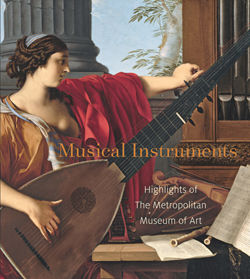Drum
Not on view
Master or lead drums such as this kettle-shaped one were the musical and visual focal point of secular bands that performed a traditional form of entertainment popular in the Akan communities of southern Ghana. Drums in these ensembles were thought of in terms of a family, with the master drum being the mother, emphasizing the importance of the traditional matrilineal kinship system. The two female caryatids holding the drum represent the instrument's perceived femininity. The mother nurturing her child alludes to female fecundity and to the importance of the matrilineal line in Akan culture. The woman writing in a book reflects the Akan preoccupation with education. These motifs exemplify the common familial, social, and political iconography of master drums.
Due to rights restrictions, this image cannot be enlarged, viewed at full screen, or downloaded.
This artwork is meant to be viewed from right to left. Scroll left to view more.


















